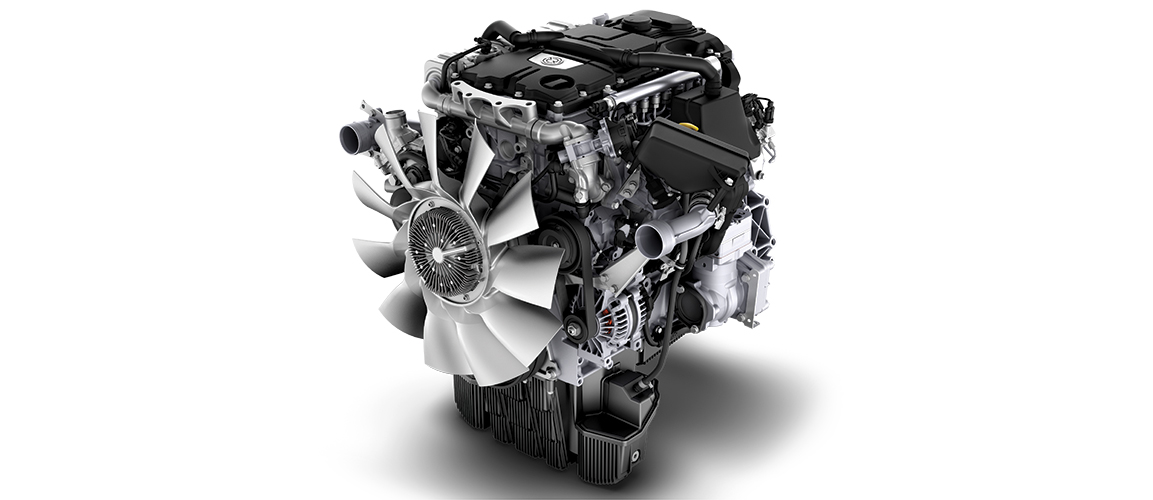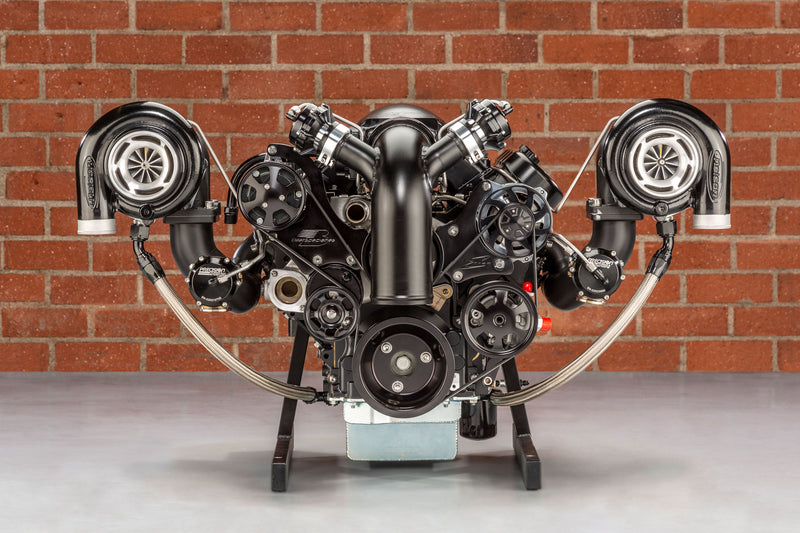Engines for Africa: Discover Budget-friendly and Trustworthy Automobile Parts Here!
Engines for Africa: Discover Budget-friendly and Trustworthy Automobile Parts Here!
Blog Article
The Quest for Ultimate Driving Power: Investigating the Pinnacle of Engine Efficiency and Technological Developments in the Automotive Sector
In the world of auto engineering, the quest of maximum driving power has been a relentless mission that has unravelled with the evolution of engine style and the assimilation of cutting-edge modern technologies. From the precise craftsmanship of burning engines to the fast advancements in electrical propulsion systems, the auto field stands at the cusp of a brand-new age characterized by extraordinary performance capacities. As designers and scientists delve much deeper into the worlds of computational fluid dynamics and discover innovative gas technologies, the horizon of possibilities increases exponentially. Stay tuned as we unravel the complex tapestry of technical breakthroughs that are forming the future of auto power and performance.
Development of Engine Layout

Moreover, the assimilation of turbocharging and supercharging modern technologies has actually changed engine layout by enhancing power without dramatically increasing engine size. These forced induction systems press the intake air, enabling even more fuel to be combusted, therefore generating better power output from a smaller engine. This development has been particularly critical in boosting the efficiency of smaller sized displacement engines while keeping gas effectiveness requirements.

Performance-Enhancing Gas Technologies
The application of advanced fuel technologies has actually substantially contributed to improving engine efficiency in contemporary vehicles. From standard gasoline and diesel to ingenious biofuels, artificial fuels, and hydrogen, the automotive industry is seeing a revolution in gas choices. Biofuels, originated from renewable resources like corn, algae, or sugarcane, deal boosted and lowered discharges engine efficiency. Artificial gas, created through chemical procedures, supply high octane scores, boosting power output. Hydrogen fuel cells, although still in the early phases of fostering, reveal excellent guarantee due to their zero-emission nature and possibility for high efficiency. Furthermore, gas additives and cleaning agents are being created to tidy engine components, enhance burning, and lower rubbing, thereby enhancing total automobile performance. With continuous r & d, the quest for the supreme driving power proceeds, as engineers strive to open the full possibility of performance-enhancing fuel modern technologies in the automobile market.
Improvements in Electric Propulsion
Substantial strides in electrical propulsion technology have actually revolutionized the vehicle sector, leading the method for a brand-new period of effective and lasting transportation. Electric cars (EVs) are obtaining popularity because of their environmental advantages and innovations in battery innovation, allowing longer driving ranges and much shorter billing times. Makers are investing heavily in r & d to enhance the efficiency of electric propulsion systems, focusing on raising power outcome, enhancing power efficiency, and lowering general weight.
One notable development in electric propulsion is the growth of advanced electrical motors that deliver greater torque and power thickness, resulting in enhanced velocity and total driving efficiency. Furthermore, regenerative braking systems have been refined to save and record power throughout slowdown, more increasing the effectiveness of EVs.
Furthermore, the assimilation of wise innovations, such as synthetic intelligence and predictive analytics, is maximizing the monitoring of electrical propulsion systems, making certain optimal performance under various driving problems. These improvements in electric propulsion are improving the automotive landscape, driving the market in the direction of a more sustainable and electrified future.
Impact of Computational Liquid Characteristics
With innovations in electric why not check here propulsion pushing the boundaries of automotive innovation, the assimilation of Computational Fluid Characteristics is playing a pivotal function in optimizing wind resistant performance and boosting general performance in vehicle layout. Computational Liquid Characteristics (CFD) entails using computer simulations to assess the circulation of air around an automobile, enabling engineers to anticipate how style changes will affect aerodynamics without the demand for pricey physical models. By precisely modeling airflow patterns, CFD enables the improvement of automobile shapes to reduce drag, improve cooling, and boost stability.
One trick advantage of making use of CFD in lorry design is the ability to iterate quickly, checking out numerous layout variants to identify one of the most aerodynamically effective remedies. This repetitive process results in lorries that are not just sleeker and extra aesthetically enticing yet also a lot more fuel-efficient and ecologically friendly. CFD makes it possible for designers to maximize airflow around parts such as radiators, engine bays, and wheel wells, contributing to boosted efficiency and total see this here driving experience. Finally, the integration of Computational Fluid Characteristics represents a considerable step onward in the quest for best driving power and efficiency in the auto sector.
Future Trends in Engine Innovation
In the dynamic landscape of automobile design, advanced innovations are shaping the future trajectory of engine technology. The future of engine layout is noted by a strong emphasis on efficiency, sustainability, and performance. Producers are progressively concentrating on creating engines that not just deliver high power outputs however also prioritize environmental obligation by reducing emissions and improving fuel efficiency.
One prominent fad in engine advancement is the surge of electrification. Crossbreed and electrical powertrains are gaining traction as practical choices to typical burning engines. These innovations offer the potential for substantial decreases in carbon exhausts and boosted power efficiency, aligning with worldwide efforts to deal with environment adjustment.
Furthermore, developments in materials scientific research and manufacturing techniques are making it possible for the manufacturing of lighter and a lot more durable engine components. This change towards light-weight materials such as carbon fiber and light weight aluminum alloys contributes to improved performance and gas economic situation.
Verdict
Finally, the quest of supreme driving power in the automobile field proceeds to drive advancements in engine layout, gas innovations, electric propulsion, and computational fluid characteristics. The evolution of these technologies is forming the future of engine development, paving the means for a lot more effective and efficient cars (engines for africa). As the market remains to press the borders of what is feasible, we can expect to see a lot more cutting-edge advancements in the quest for peak performance
One of the key this hyperlink milestones in engine design advancement is the shift from standard carbureted engines to modern-day fuel-injected systems. By precisely metering the gas delivery to each cyndrical tube, fuel-injected engines optimize burning, resulting in better performance and reduced environmental influence.
Furthermore, the combination of turbocharging and supercharging modern technologies has actually changed engine design by enhancing power without dramatically increasing engine size (engines for africa).The application of sophisticated gas innovations has substantially contributed to improving engine efficiency in modern automobiles. In addition, fuel additives and detergents are being formulated to tidy engine components, enhance burning, and decrease friction, therefore boosting total lorry efficiency
Report this page